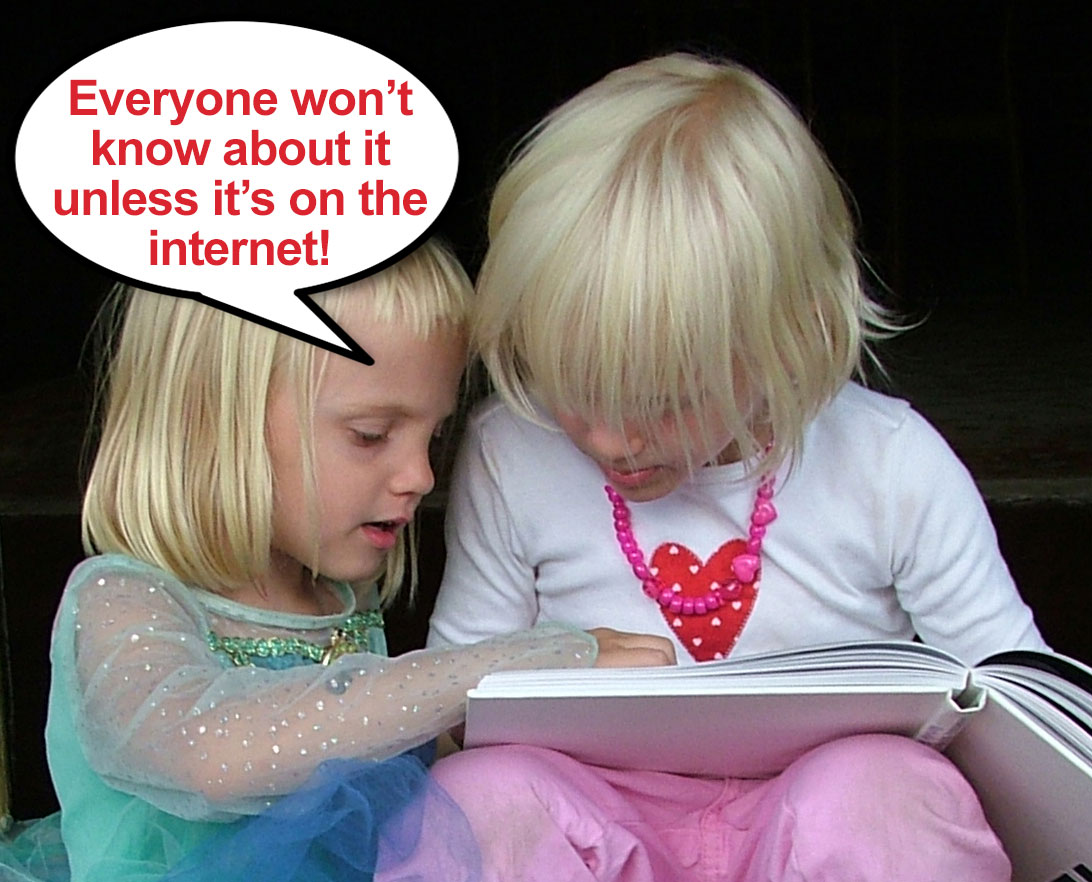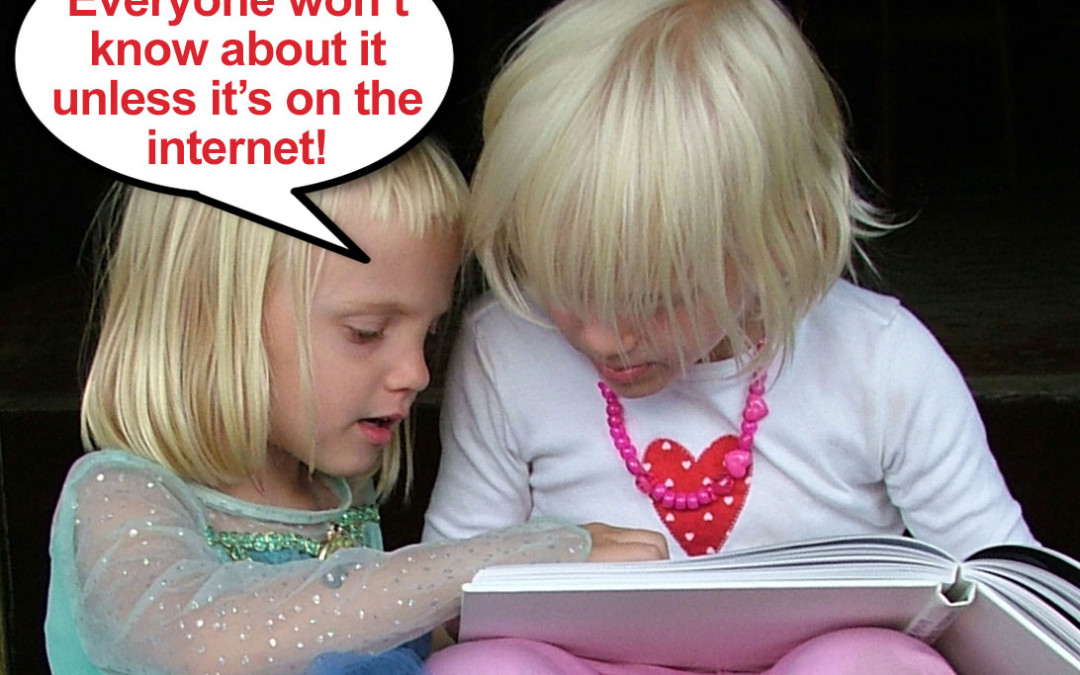
What Does it Mean to “Go Viral?”
When a video, picture, meme, or article explodes in popularity online through sharing, that is what is referred to as “going viral.” Fortunately, it does not mean that your computer has picked up a virus. Sometimes viral content happens by accident and you can’t always assume that something you create will go viral since it will basically be battling for popularity with everything else on the internet.
The things that do go viral are often entertaining or provide knowledge to the audience. Businesses work to create potentially viral pieces in order to generate buzz and create brand awareness.
The Characteristics of a Viral Idea
Viral ideas vary greatly, especially when they can come in different digital formats. There are many ways that people try to make their content go viral such as sharing through Twitter, Instagram, Vine, reddit, YouTube, and more.
Despite the different mediums, viral ideas share several common characteristics—they are new and original, emotionally compelling, and newsworthy. These are guidelines that the ad industry taps into when creating effective advertising and, often times, they identify a social “truth.” They are easy to discuss and easy to relate to while eliciting a sense of “surprise.”
Dove’s “Real Beauty Sketches” made a mark on many people as it told a story that many people could relate to where women’s self-perception and self-image is commonly negative but the way others view them is much more attractive. The surprise happened on both sides of the camera and New Feelings Time was quick to replicate it with men.
How to Create Viral-Worthy Ideas
Creating viral ideas begins with understanding that you are battling everyone else online for attention, businesses and individuals. Then the research begins, keeping in mind that the concept should relate well to the brand. Depending on what the brand is, you may be able to relate it on a broader scale and if not, make sure it is clearly aligned with the brand identity.
- During your research, look at places where people are discussing trends and news: reddit, Google News, TrendHunter, Buzzfeed, etc.
- Find ones that relate to your brand and identify the key trends and topics.
- Which ones speak to you emotionally and where do the trends and topics connect?
- Create ideas from these and ask “What if” questions to expand and debate them.
- What are the pros and cons of these ideas? The big picture message? The details? Is this culturally relevant or culturally distasteful?
- Choose your top 3-5 ideas and discuss them with other team members to see how relevant they are to the brand and whether or not they are new and original, emotionally compelling, and newsworthy. Is there other content out there similar enough to decide whether or not these ideas have the potential for going viral?
- Draft, revise, revise, revise. Great ideas are not necessarily complicated, in fact, many are actually quite simple. Revise again and execute with the right timing.
- Share.
Things that go viral aren’t always something that has a moving message. They can be silly like many memes are, weird like the Harlem Shake, or identifies friendly competition between two people in Spock vs. Spock. The key is to elicit an emotional response that isn’t just shock for shock value but resonates in the person’s mind.
Which pieces of online content that have (or have not) gone viral resonated most with you and why?

